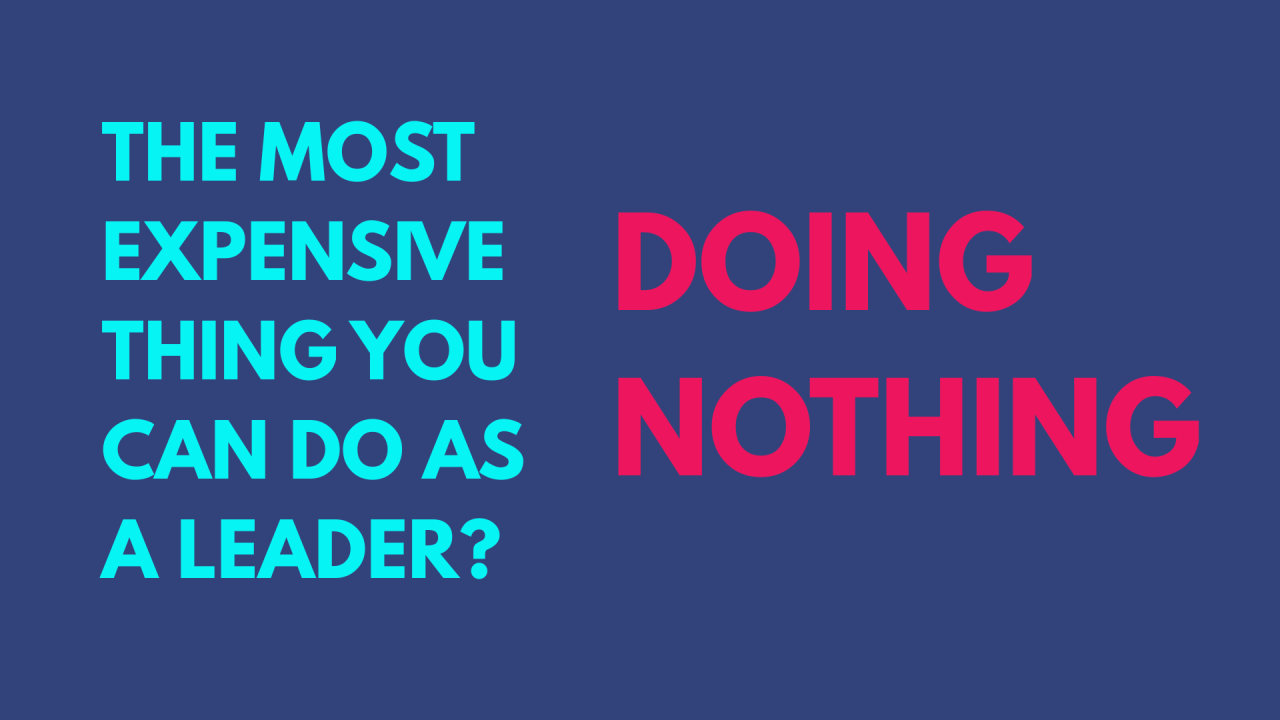“We can’t afford team development right now—costs are rising everywhere.”
It’s the most expensive sentence in business, and I hear it almost daily.
In this week’s episode of The New Manager Playbook podcast, I tackle the seemingly counterintuitive truth that’s costing organizations millions: cutting team development to “save money” is actually the most expensive decision you can make.
The Hidden Financial Drain of “Doing Nothing”
When costs rise—as they are now across electricity, supplies, and labor—the natural instinct is to cut “non-essential” expenses. Team training, coaching, and development are often first on the chopping block.
And sure, the justification sounds reasonable enough:
- “People can figure it out on their own”
- “We can’t stop for training—we have deadlines!”
- “Why invest in someone who’s underperforming?”
- “They can just use AI tools instead”
But as I explain in the episode: “There is nothing more expensive than doing nothing because these problems just get bigger. Your cost of employee overhead is your biggest expense. If you have folks that aren’t delivering or aren’t clear on what their job is, that costs you money every single hour of the day.”
The Real Cost of Ineffective Teams: By the Numbers
Let’s look at what ineffective teams actually cost:
- Wasted Management Time: 4-5 hours weekly resolving conflicts and misunderstandings (in my experience, closer to 10-20 hours)
- Duplicate Work: Two people working on the same deliverable because roles aren’t clear
- Customer Dissatisfaction: Companies with inefficient team dynamics see 40% higher customer complaint rates
- Turnover: Replacing an employee costs 50-200% of their annual salary
- Lost Opportunity: High performers don’t want to work on dysfunctional teams and are the first to leave
Two Real-World Case Studies
In the episode, I share two powerful examples that illustrate this principle:
The $200,000 “Savings”
A marketing agency owner came to me about an ineffective operations manager with attitude problems. When I suggested investing in coaching or training, she declined, thinking it was a waste of money if she didn’t see a long term future with this team member.
Six months later, that same owner reported:
- Two team members had quit because of the ops manager
- A major client was lost due to mishandled campaigns
- Revenue targets were missed across multiple launches
Her estimated cost of doing nothing? “At least a couple hundred thousand dollars.”
The coaching investment she rejected would have cost 10% of what she ultimately lost.
The Millions in Product Development Waste
In my corporate experience, I witnessed a creative director whose toxic feedback style drove 11 people (including me) to leave the team. The product we were developing never shipped because there wasn’t enough staff left to build it.
Think about the financial impact:
- Salaries for a 12-14 person team for months/years
- Engineering and marketing research costs
- Market opportunity costs of a product that never launched
This represents millions of dollars wasted because leadership wouldn’t invest in addressing a feedback problem.
The Investment Perspective Shift
The most successful leaders I work with view team development not as a cost but as risk management.
When you face a team challenge—whether it’s underperformance, conflict, or unclear expectations—you have three options:
- Address it now: Invest time and resources to solve the root problem
- Manage symptoms: Spend countless hours fighting fires without fixing the cause
- Ignore it: Pay exponentially more when the problem inevitably grows
As I say in the episode: “The best time to plant a tree was 10 years ago. The second best time is today.”
My Question For You
What “small” team issue are you facing that could become expensive if left unaddressed?
Write it down, considering all of the downstream impacts if it continues.
Consider – what could you do TODAY to start to resolve the situation?
These decisions can be tough, but I urge you to not fall into the trap of thinking that doing nothing buys you time.


